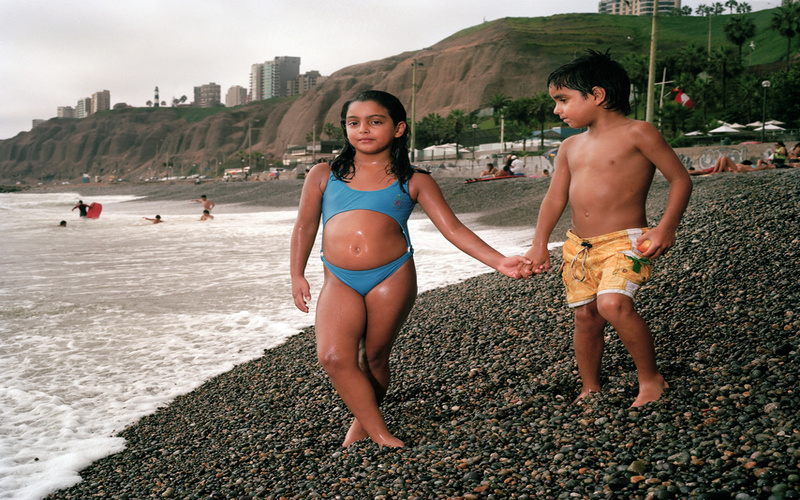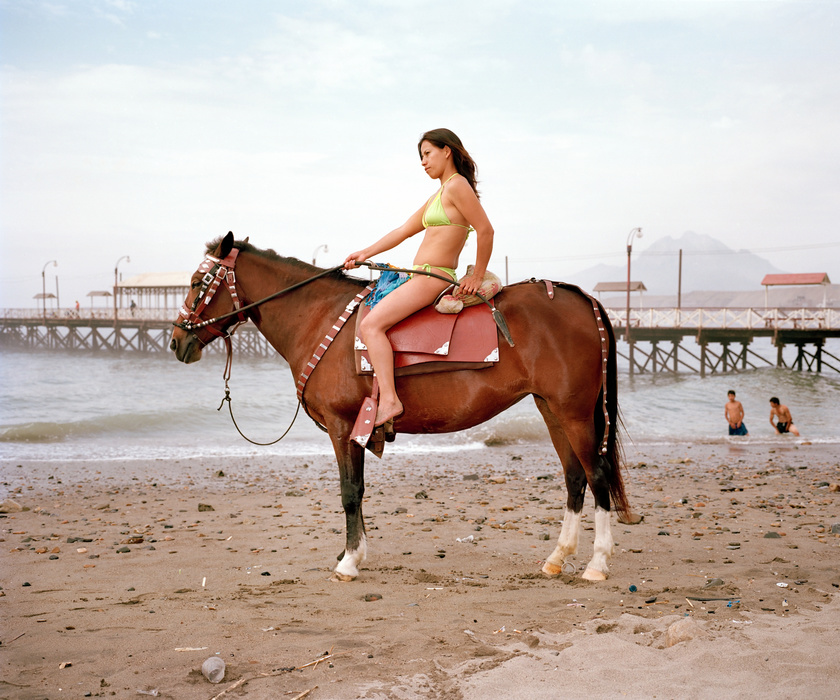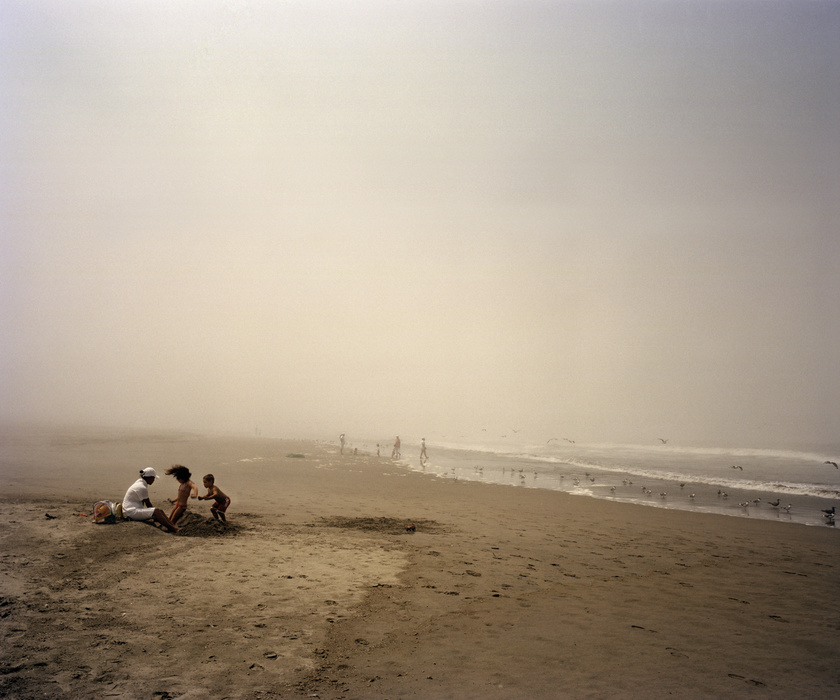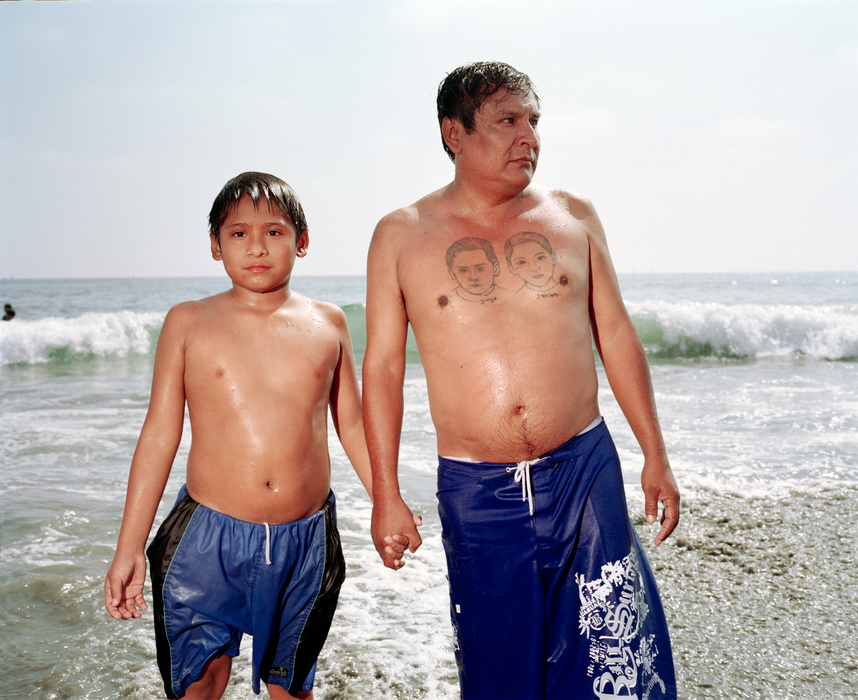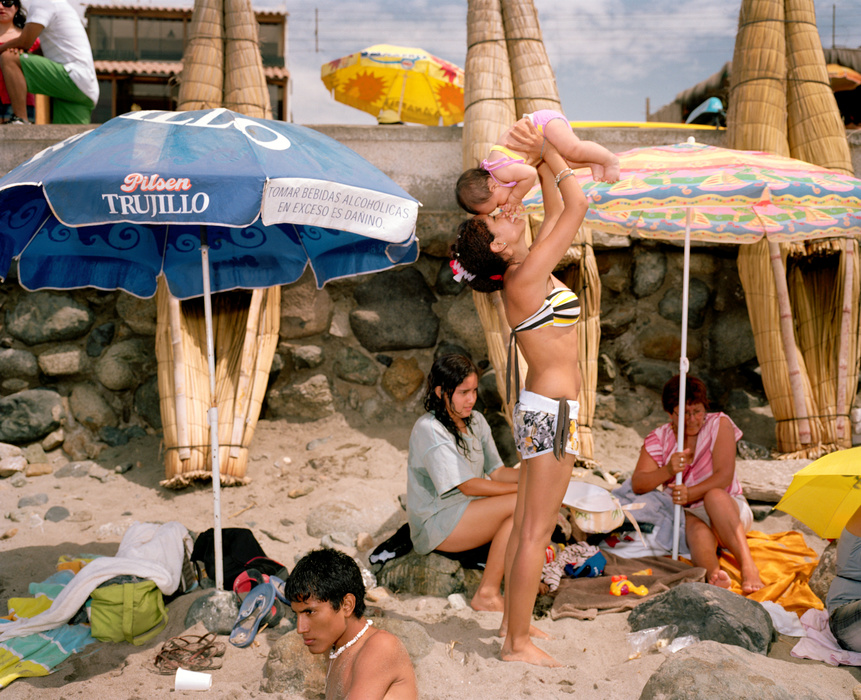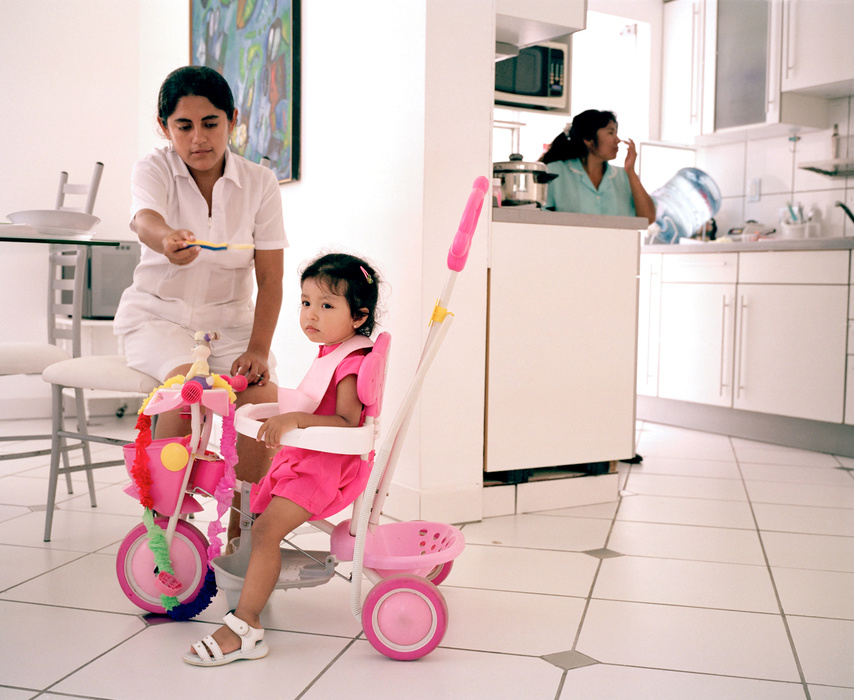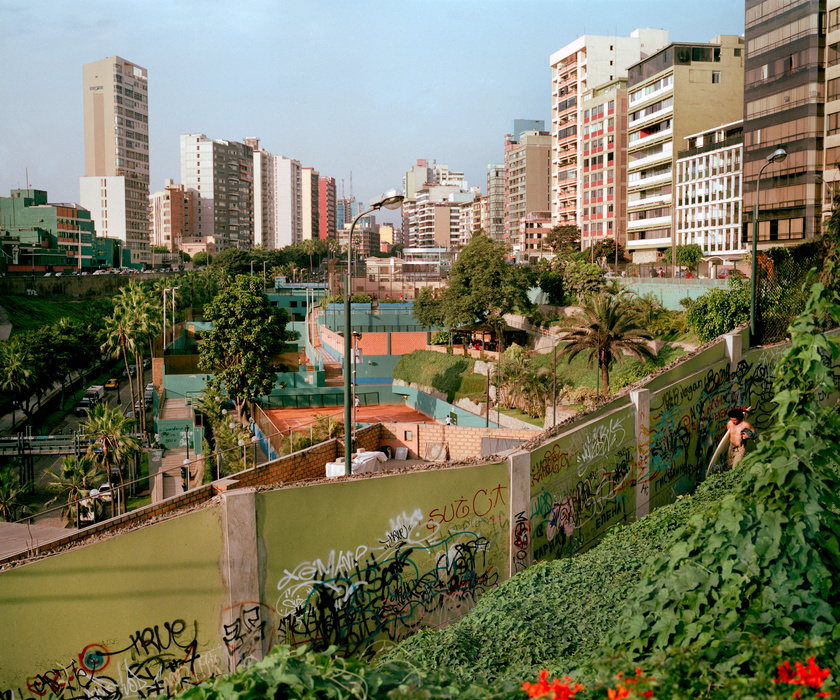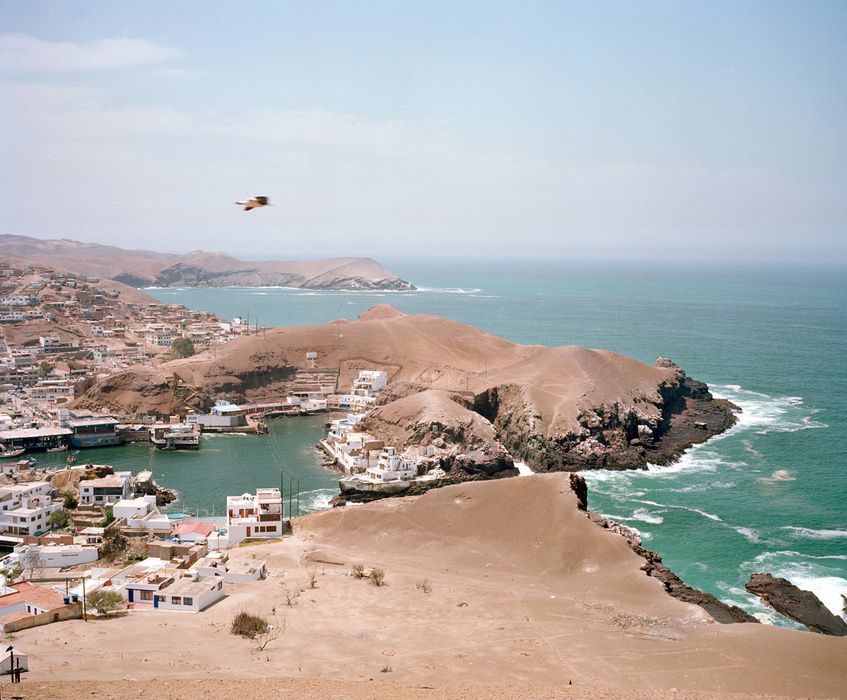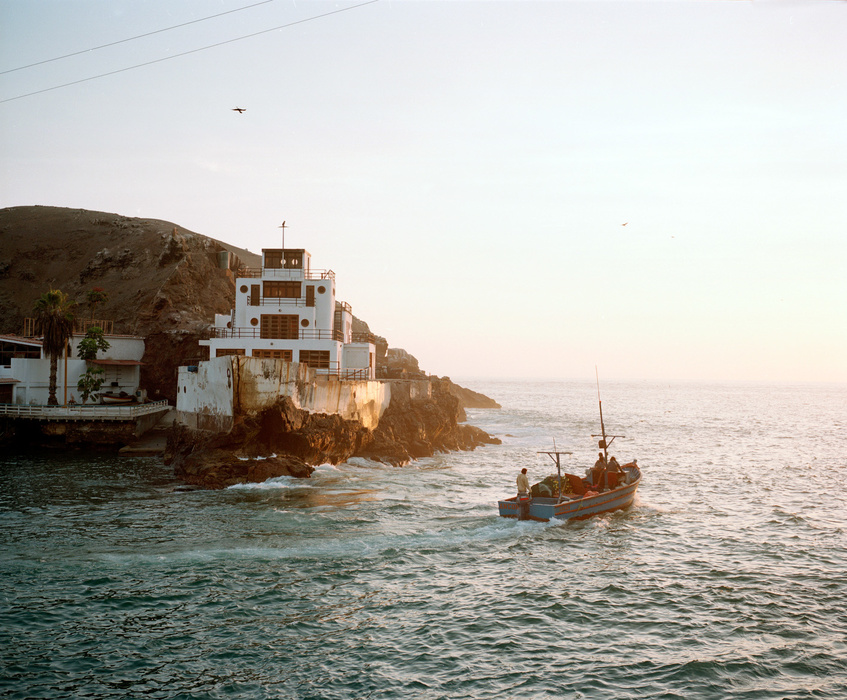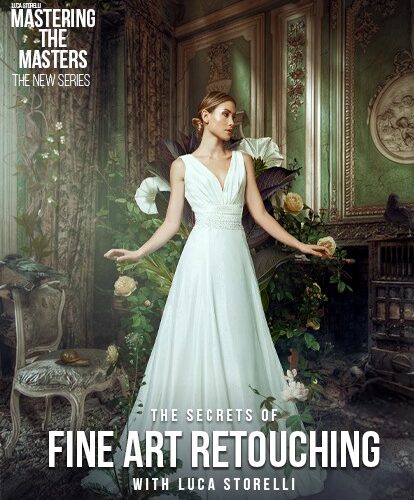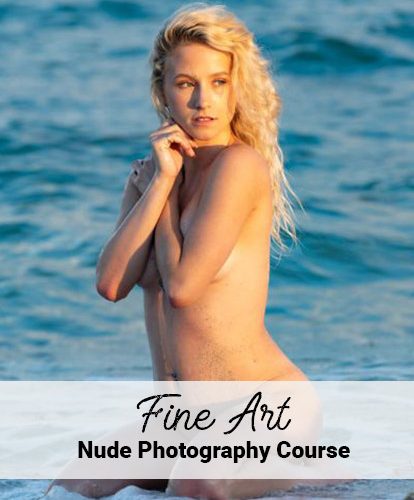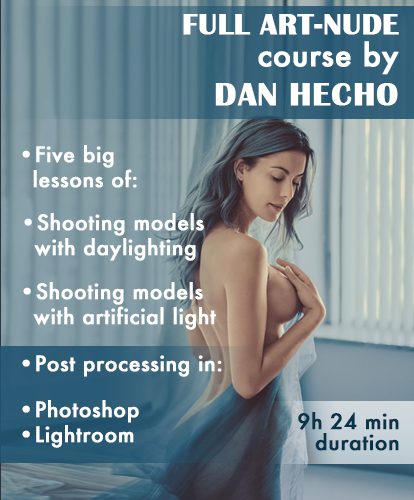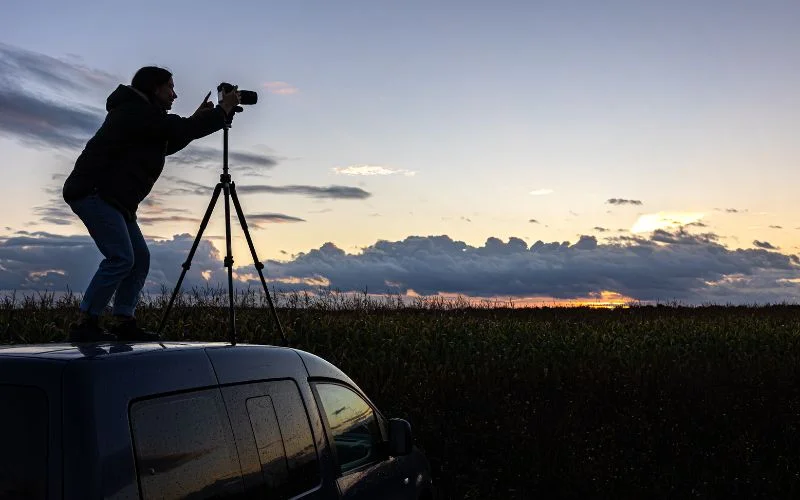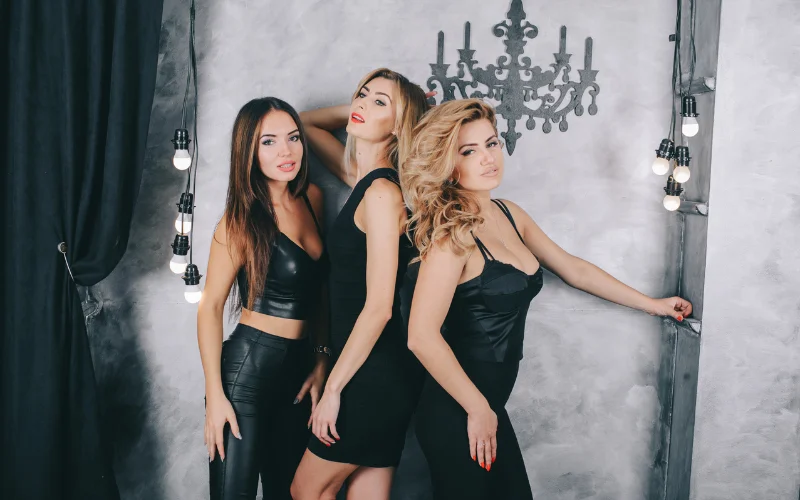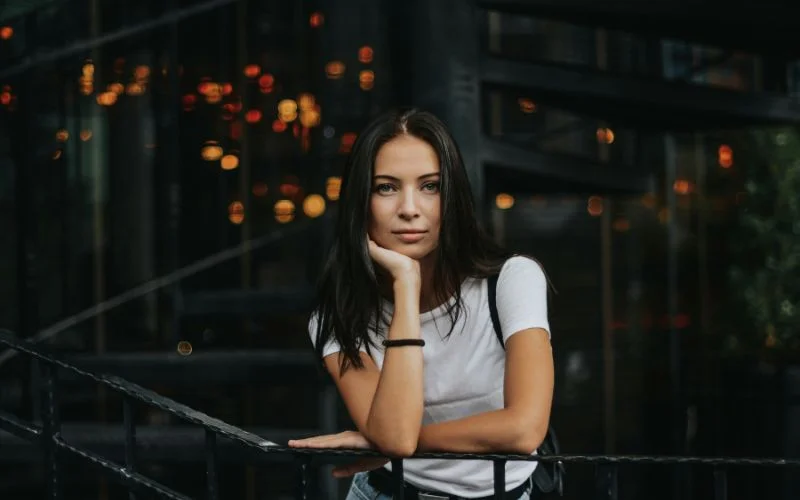Documentary Photography Ideas: Enter Your Past
In 2008, Susana Raab traveled to Peru, the country where she was born, to begin a six-year-long project about her lost homeland. Her family had left Peru when she was two, and she figured her photographs would take an anthropological vein—noting the land, people, and culture. But once back she soon realized how much her lost history was influencing her photography.
Cholita, both a term of endearment and an insult in Peru, became the title of her project. Originating in a colonial context, the word is used to identify children of indigenous and black parents. While traveling, Raab noticed she was being affectionately called La Cholita. Knowing the history of the word, at once a signal of familiarity and foreignness, she decided to document those who, like her, lived between worlds. And in exploring their history, she began exploring her own past.
I spoke to Raab over email about Cholita and about her ideas about photography.
Do photographers capture a moment of the world or create one? Is a photo something that they’ve read from reality or something that they’ve written in? Something else? What do you think?
I don’t think there is one right answer to this question. Photographers operate in many different modalities and have different reasons for creating work. I think some just want to record what they are seeing and leave the voice to the subject, while others like me feel the need to place their own voice in the work, and that is a different approach. Speaking for myself, I like to think that at my best when I am doing both. I am capturing a slice of life, and I am also trying to frame it with a specificity that is informed by either my own personal narrative or research. I am always trying to create layers of meaning.
To take a question from one of my favorite writers: does shooting photography help make the anguish of life more bearable? How did you get your start in photography?
Yes, creating photographic work certainly does make the anguish of living more bearable—for me at least. It’s a way to put meaning into your trauma and to give yourself a voice, when you may not have grown up in an environment where you had a voice. Photography can also be a way to unconsciously articulate your anguish, which can be useful for the introspective photographer to become more self-aware. It’s the ultimate passport to trespass, to insert yourself in other worlds, and to connect with people.
How I began photography is an incredibly boring story, but basically I was pursuing graduate studies in English and realized I did not want to teach literature. I was trolling through the photography section in the university library and found a book called Truth Needs no Ally by Black Star agency founder Howard Chapnick. It’s about photojournalism’s rise, and I realized that I could pursue a career that incorporated my interests in art, communication, and social utility. I started taking photo classes at the local community college. I was highly encouraged, and, after a brief stint in the Peace Corps in Mongolia, I returned to the DC area and began interning and freelancing at local papers.
Did you ever feel like giving up? Were you ever unsure of your talents?
It’s a challenging career, and I have felt like giving up at times. There’s so much “The Emperor Has No Clothes” going on in the art world, alongside the hedge fund taste-making aspect of it. I found it really unsavory and sometimes just wanted to go live in a cave. However, I have learned that just being able to support yourself and create your work is winning. I try and get it out there, of course, and I remain ever optimistic, but what I don’t do anymore is pay attention to anything I think is bullshit and try to fight it. Security has everything to do with that, and I am quite lucky to have it. Distracting myself from my own forward trajectory devalues my fortunate situation.
In the early stages of my career, I careened from the grandiose to abject despair when thinking about my abilities. But, to be fair, I didn’t emerge from the womb a good photographer. Only after years of practice did I become somewhat competent. I believe in Malcolm Gladwell’s 10,000 hours rule of practice before you gain true competency. I am grateful to my newspaper days for giving me the technical acuity to handle any situation.
You say Cholita began as an anthropological study. How do you think it ended? Have you ever considered it an attempt to create memories you never had?
I began Cholita as a way to better understand Peru, my lost country of birth. Obviously, it was a search for my own identity, an identity denied from me since my parents’ divorce. As I got further along in the work I just gave myself permission to indulge in photographic free play and found that the environment became a sort of Rorschach Test to which I was fixing on elements that created a shadow fable of my own history or, as you state, created memories I never had, building a history that didn’t exist outside my own then-still-unconscious longings.
It seems your eye was drawn to images of family and expressions of fatherhood. What guided your search while shooting?
For sure, I have always been fascinated by human connections. I also wanted to portray the lower classes with a sense of commonality and humanity usually reserved for the upper classes, so I focused on positive interactions, which was not difficult. As I said above, I just let myself unconsciously choose things that held my interest, and I did not allow myself to analyze anything in the moment. In retrospect, I think this was self-protective as well. It was only a few years into it and after both my parents had died that I was able to understand my voice in this project and realize what I had been actually pursuing.
Could you describe what the word cholita means to you? What are its positive connotations? Its negative ones?
From my understanding, cholita is a word that originates in a colonial text and refers to miscegenation between the races, a half-breed dog. So to me the word means half-breed or mutt. In a color-conscious society like Peru it is quite easy to tell when the term is being used with endearment and when it means something akin to the word nigger in English. I am not completely sure whether Peruvians would equate it with this United States context, but that is how I understood it. As for me, I am happy to be called La Chola Susana. I am a half-breed and proud of it. As I understand the concept of race and gender, I certainly identify more with the Peruvian under-class than the privileged one. So, yes, I identify as chola even though I recognize that my white privilege has granted me many opportunities unavailable to the Andean peoples who are so often maligned as cholos.
What does it feel like when you capture a photograph? Is there any joy or catharsis? Would you consider a photograph a poem?
At my best, it is just an experience of being totally in the moment, present and focused on everything at once: light, color, content, composition, and time. You are at once wholly present within yourself and not of yourself but just part of everything. So, yes, there’s a quiet contemplative joy in that. The interactions with people are also incredibly uplifting—and there is catharsis in that. To see someone who perhaps isn’t used to being seen as someone worthy of representation and saying to them, “You are enough.” It’s a mutual flow of appreciation: them for being photographed and my own for their permission. It’s palpable and cathartic. I should also say that as I have grown as a photographer and a person my work has changed. It’s become softer and more nuanced.
A photograph can be a poem. It can be a hate letter. It can be anything you want it to be—and how the viewer mediates on a photo is another thing altogether. We are all informed by our experiences, and that in turn informs what resonates with us. Often when someone talks about an image that means something to them, if you go deeper, you’ll find that this image reminds them of something from their past.
What have you learned about yourself from shooting photography? Any surprises?
I have always been very intuitive about human nature but less self-aware about my own motivations. So a piece of my personal work is about the process of reconciliation, about taking a fragmented whole and re-integrating it. Learning to recognize my own wants and needs and recognizing how a fraudulent family narrative has undermined my own story. This is the case with Cholita. In other work, it’s about crossing the invisible divide that culture and people create to wall us off from each other. I suppose the biggest surprise is that I was able to find and forge a path that would lead me to creative and personal fulfillment, while helping me to heal my own childhood wounds and find something akin to grace, if only momentarily. It is enough.
All images © Susana Raab
See Susana’s documentary photography ideas on her website here.
